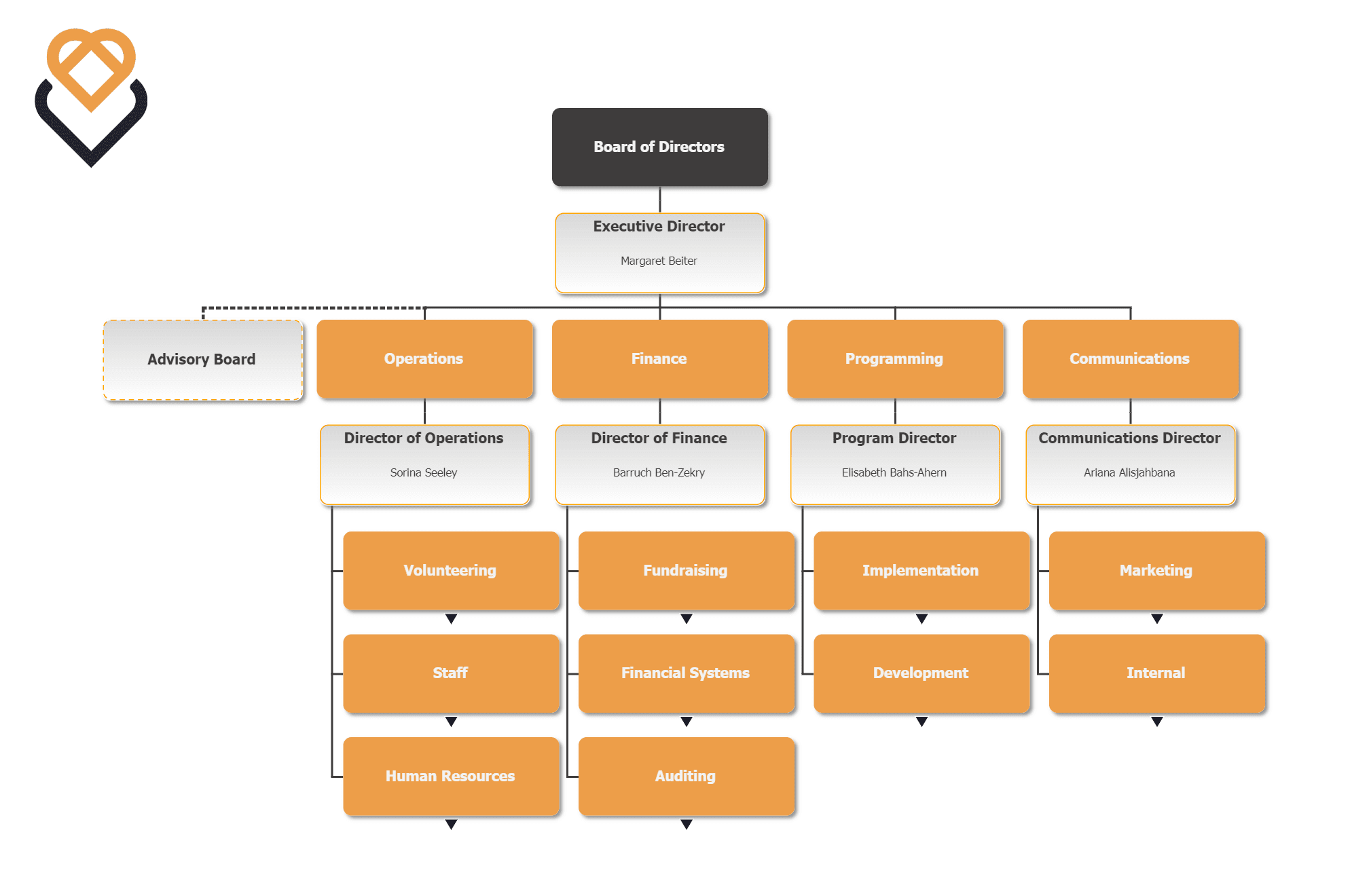As the virtual landscape continues to evolve, cellular marketing is becoming as a keystone of profitable advertising approaches. With a significant portion of consumers counting on their mobile devices for various activities from purchasing to social interaction, brands must shift to the fluid nature of mobile platforms. This transition not only changes the way businesses approach their audiences but also provides an opening to engage them in more impactful and personalized ways.
Grasping mobile marketing patterns is essential for companies striving to stay relevant in a highly competitive market. From the rise of app-based advertising to the growing popularity of location-based services, the future of advertising lies in adopting these novel strategies. By leveraging the potential of mobile, businesses can link with their customers more successfully and make certain their marketing efforts strike a chord in an constantly evolving environment.

Telecom Marketing Tactics
As businesses increasingly move their focus to portable interfaces, creating effective mobile marketing strategies is vital. One of the primary approaches involves tailoring content for mobile clients. This means ensuring that websites and ads are adaptable and easy to navigate on smaller screens. By focusing on a seamless customer experience, businesses can enhance involvement and encourage potential customers to take steps. Utilizing concise content and visually appealing layouts can also help capture attention quickly, as mobile users tend to browse rather than peruse in full.
Another vital method is utilizing location-based marketing. With the increase of GPS-enabled devices, companies can adapt their marketing efforts to target customers based on their physical location. This can include offering deals or promotions when potential customers are in proximity to a shop. By adapting messages to local audiences, companies can create a sense of immediacy and pertinence that connects with mobile users, driving foot traffic and online engagement.
Moreover, leveraging social media platforms as part of mobile marketing strategies can significantly boost brand visibility. Social media platforms are among the most-used applications on smartphones, making them an ideal channel for reaching potential clients. Organizations should concentrate on creating mobile-friendly information that encourages distribution and interaction. Utilizing 구글광고 can also enhance visibility, as influencers often have dedicated followers who value their opinions. By engaging users where they allocate their efforts, organizations enhance their chances of converting views into meaningful engagement.
New Trends in Marketing
The realm of mobile marketing is rapidly evolving, driven by new technologies that are changing how brands interact with consumers. Artificial intelligence plays a pivotal role in this shift, allowing marketers to assess vast amounts of data and foresee consumer behavior with notable precision. By leveraging AI-driven insights, brands can create customized marketing campaigns that resonate with their target market, yielding higher engagement rates and better return on ROI.
Augmented reality is another groundbreaking technology that is reshaping advertising. With the rising trend of AR-enabled devices, brands can create interactive experiences that blend their products into consumers' daily lives. For instance, retailers can use AR to allow customers to visualize how furniture would appear in their house before making a buying decision. This engaging approach not only boosts the customer experience but also increases sales by minimizing uncertainty around purchase choices.
Furthermore, voice search optimization is becoming vital for mobile marketing plans. As smart speakers and voice-activated assistants gain traction, consumers are increasingly counting on voice commands to search for products and services. This change necessitates a reevaluation of traditional SEO tactics, prompting brands to emphasize NLP and spoken keywords. By adapting to this trend, businesses can ensure they remain important and accessible in a voice-activated marketplace.
Measuring Effectiveness in Cellular Advertising
Evaluating effectiveness in smartphone advertising is vital for grasping their performance and enhancing subsequent initiatives. One among the key measures to evaluate is the rate of conversion, which indicates how many users performed the desired action after engaging with the mobile advertisement. By reviewing the rate of conversion, marketers can determine if the campaigns are connecting with the audience and driving the desired results. Additionally, tracking the cost per acquisition helps assess the value of advertising expenditure, allowing brands to manage resources more efficiently.
Another important factor of measuring success is user interaction. Measures such as click-through rates, duration spent on the app or site, and social engagement provide perspectives into how successfully the content is connecting with users. High engagement levels often correlate with strong branding and customer commitment, making it essential for advertisers to track these metrics. Leveraging analytics tools can aid in acquiring this data, showing trends and patterns that guide strategic choices.
Finally, customer opinions and contentment play significant roles in measuring the impact of mobile advertising. Polls, ratings, and first-hand comments can offer valuable subjective insights that go past statistical data. Understanding the customer's viewpoint helps brands refine their approaches and create more powerful content. By integrating statistical indicators with qualitative input, companies can create a complete view of their mobile advertising impact, allowing for continuous enhancement and creativity in upcoming advertising efforts.
